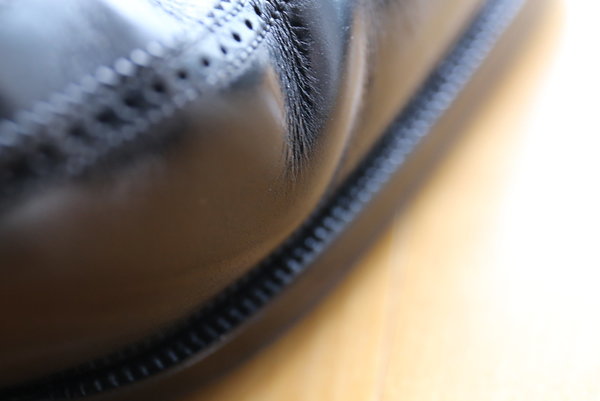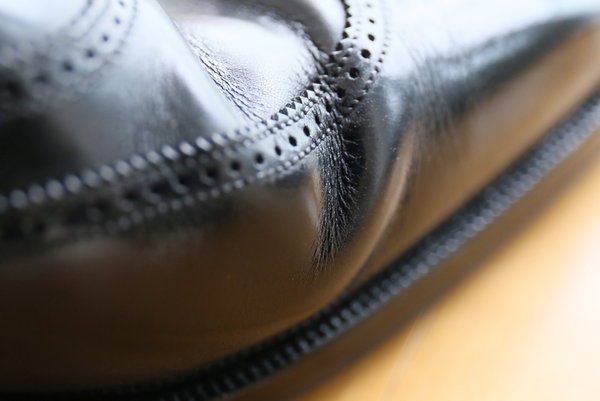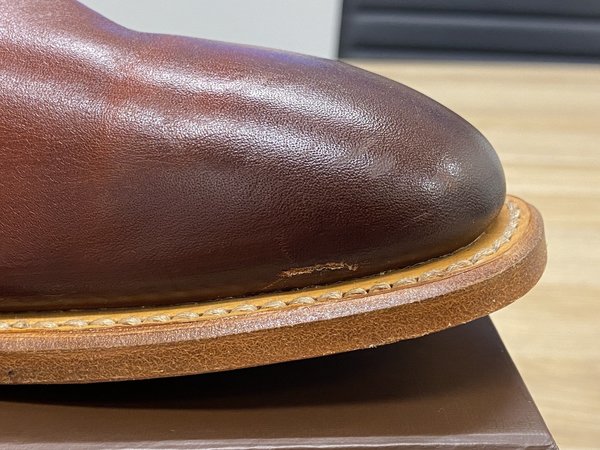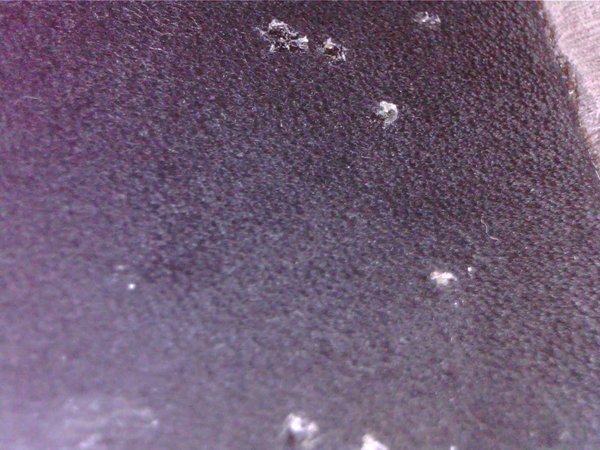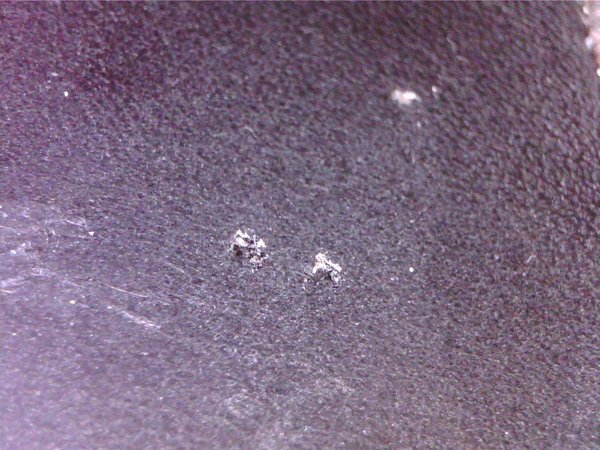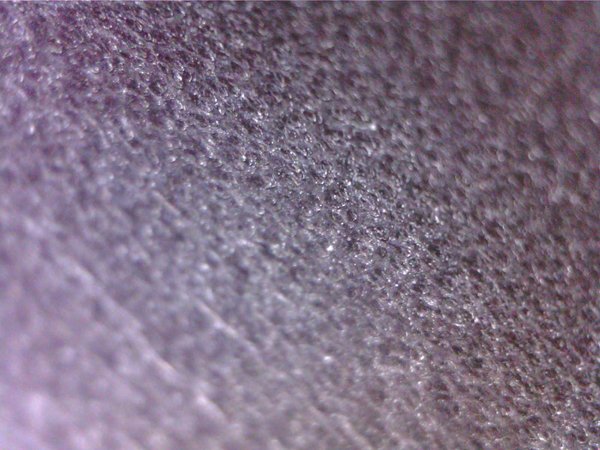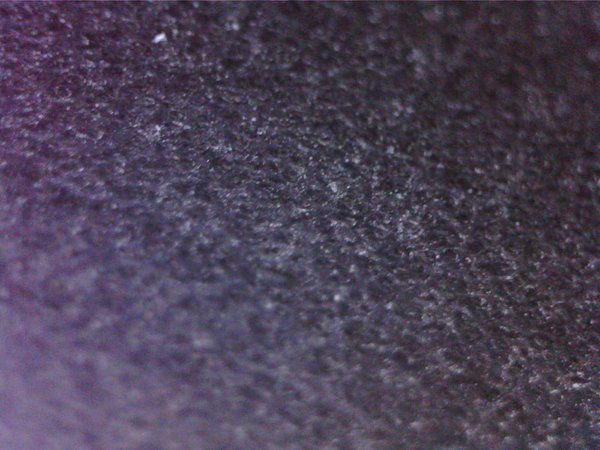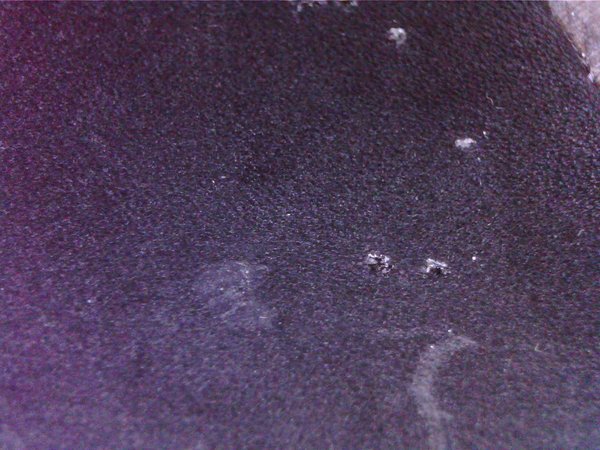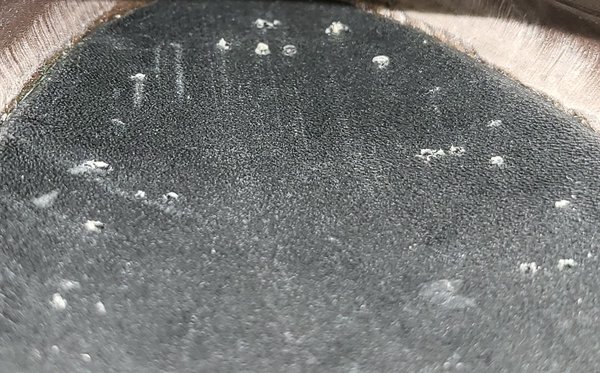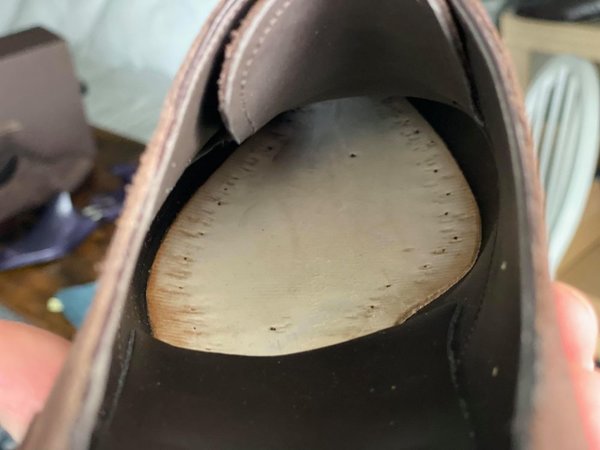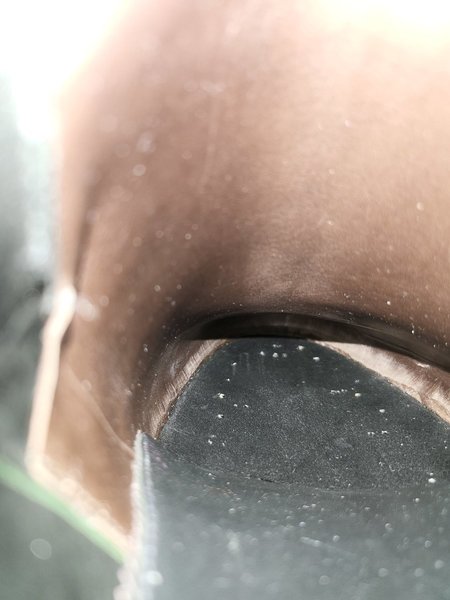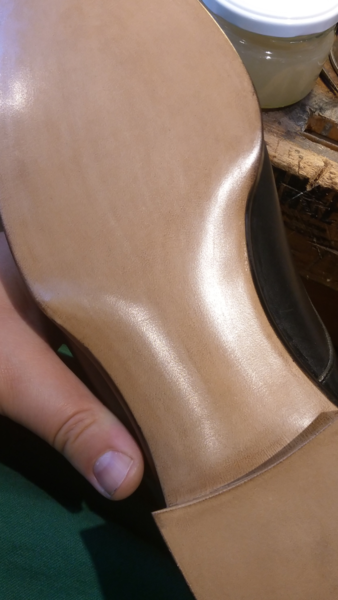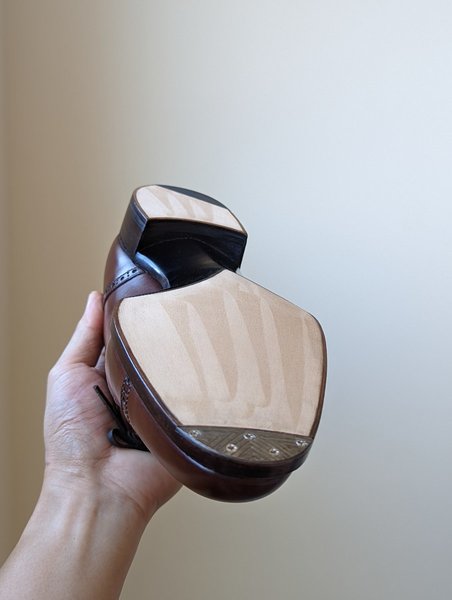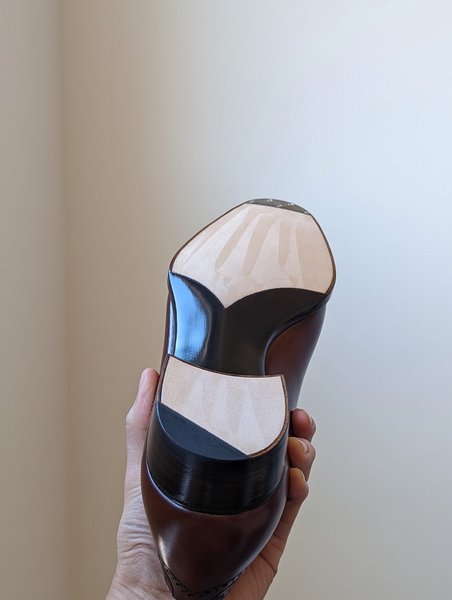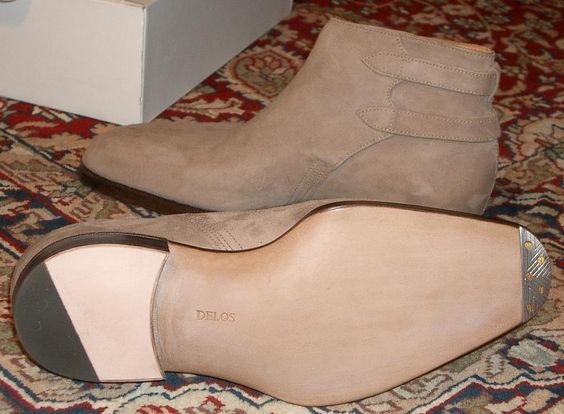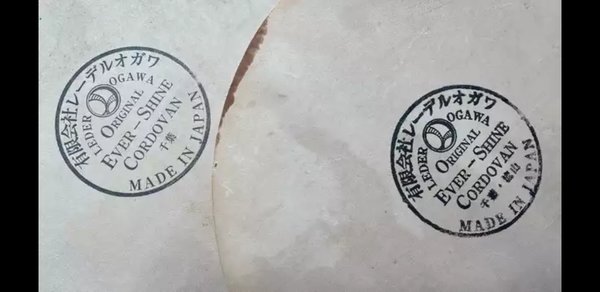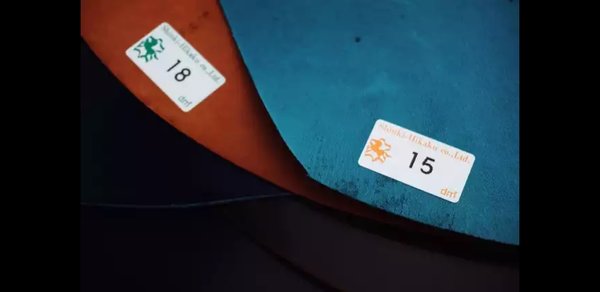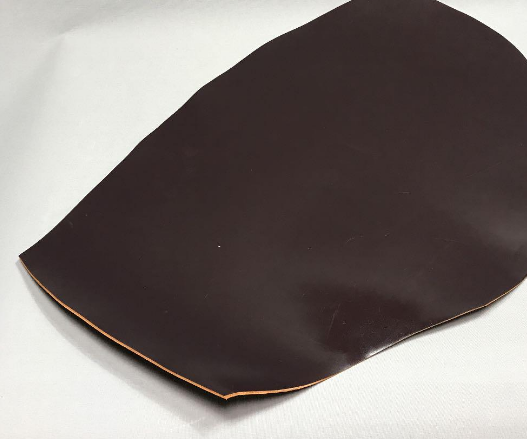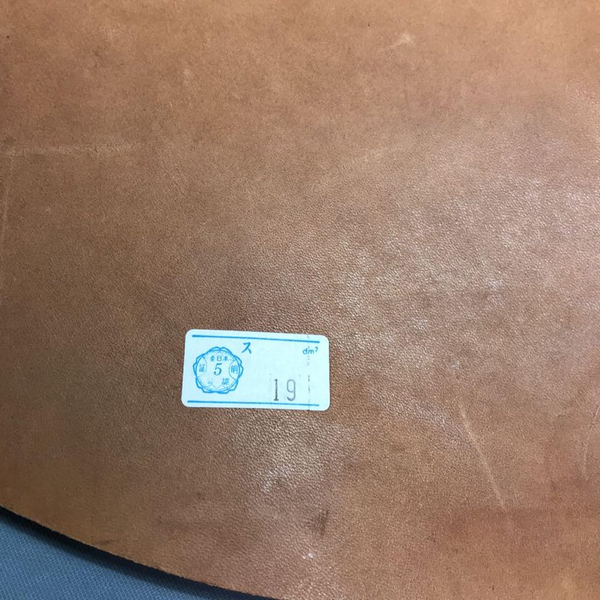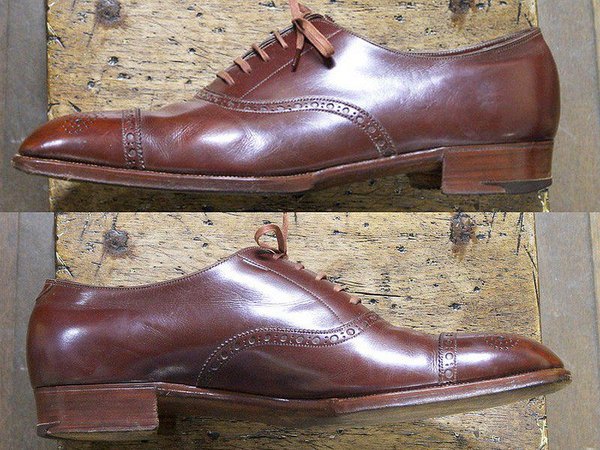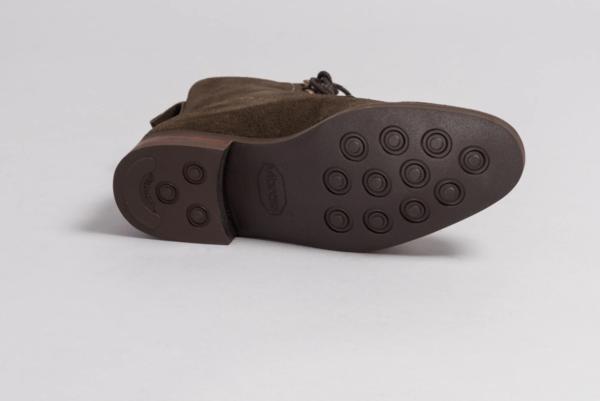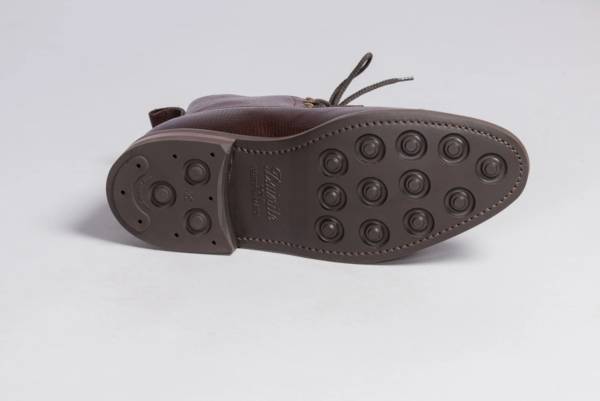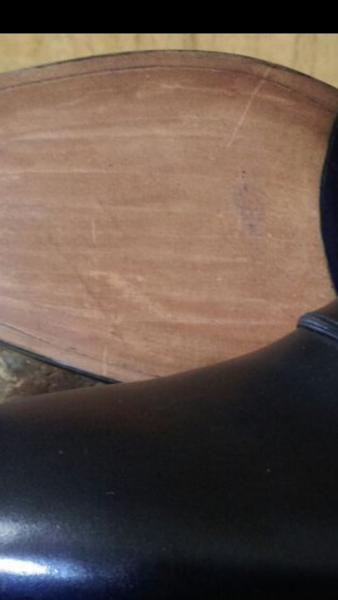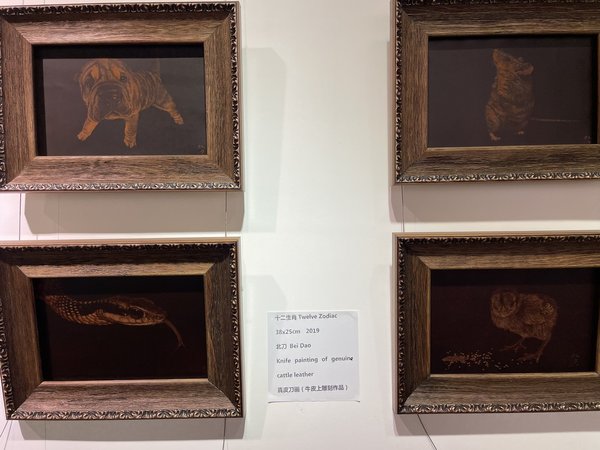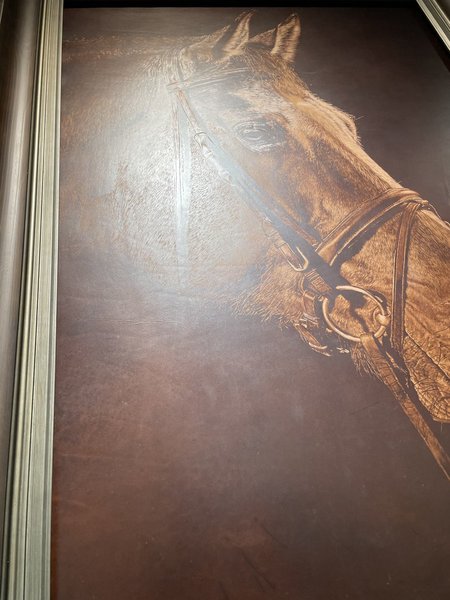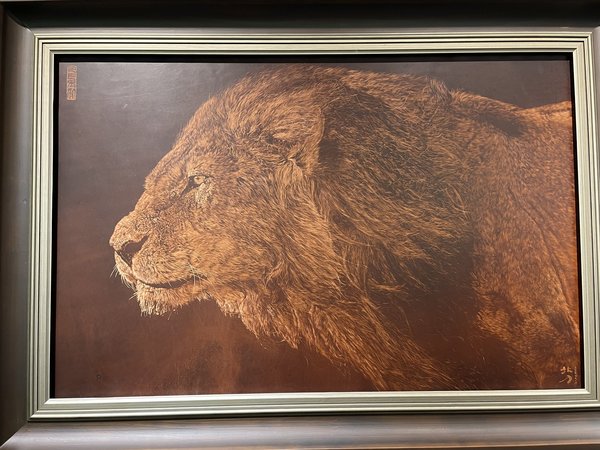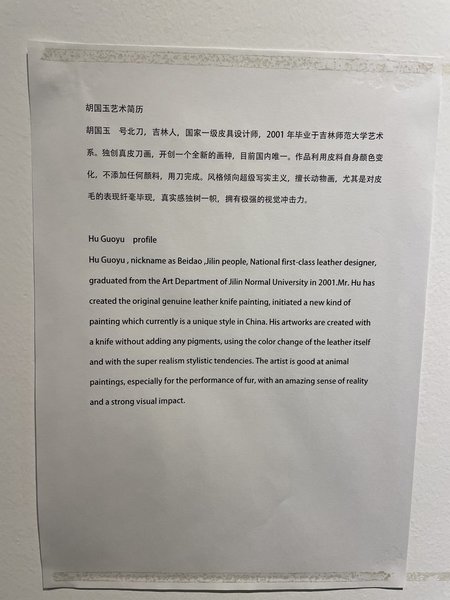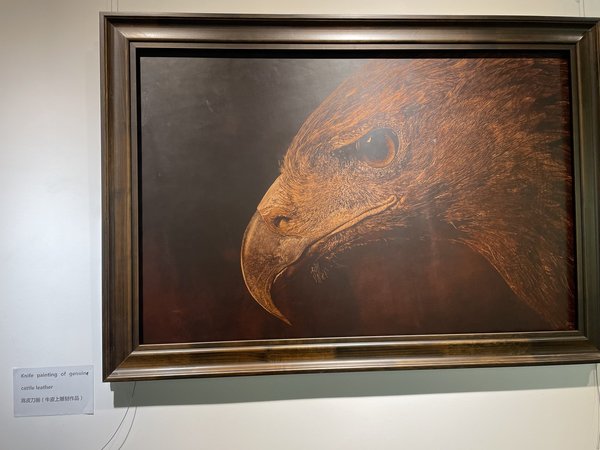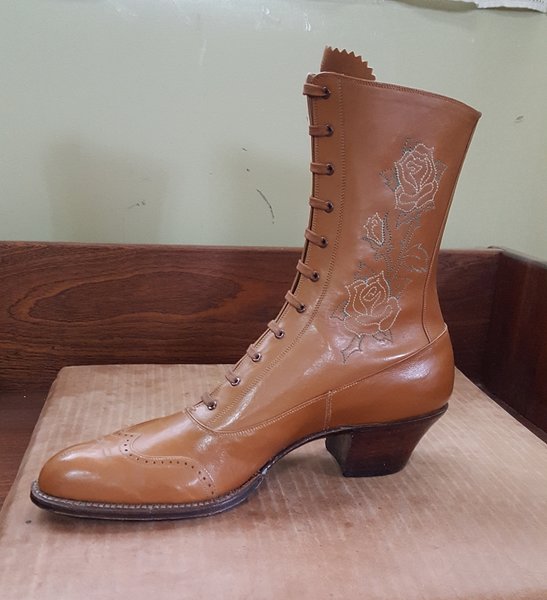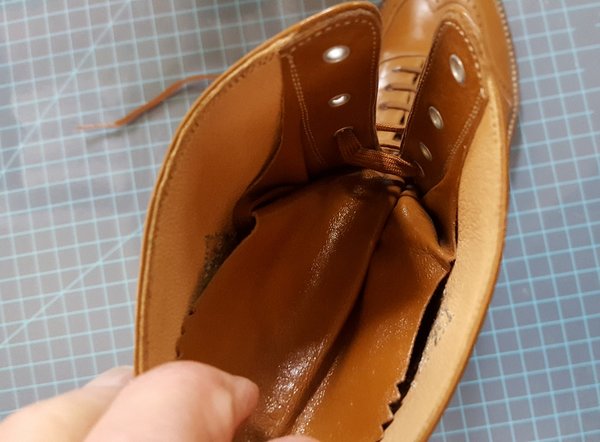-
- Men's Style
- Classic Menswear
- Streetwear and Denim
- Preorders, Group Made-to-order, trunk shows, and o
- Menswear Advice
- Former Affiliate Vendor Threads; a Locked Forum.
- Career and job listings in fashion, mens clothing,
-
- American Trench
- AMIDÉ HADELIN
- Archibald London
- The Armoury
- Arterton
- Besnard
- Canoe Club
- Capra Leather
- Carmina
- Cavour
- Crush Store
- De Bonne Facture
- Drinkwater's Cambridge
- Drop93
- eHABERDASHER
- Enzo Custom
- Epaulet
- Exquisite Trimmings
- Fils Unique
- Gentlemen's Footwear
- Giin
- Grant Stone
- House of Huntington
- IsuiT
- John Elliott
- Jonathan Abel
- Kent Wang
- Kirby Allison
- Larimars Clothing
- Lazy Sun
- LuxeSwap
- Luxire Custom Clothing
- Nicks Boots
- No Man Walks Alone
- Once a Day
- Passus shoes
- Proper Cloth
- SARTORIALE
- SEH Kelly
- Self Edge
- Shop the Finest
- Skoaktiebolaget
- Spier and MacKay
- Standard and Strange
- Bespoke Shoemaker Szuba
- Taylor Stitch
- TLB Mallorca
- UNI/FORM LA
- Vanda Fine Clothing
- Von Amper
- Wrong Weather
- Yeossal
- Zam Barrett
-
Hi, I am the owner and main administrator of Styleforum. If you find the forum useful and fun, please help support it by buying through the posted links on the forum. Our main, very popular sales thread, where the latest and best sales are listed, are posted HERE
Purchases made through some of our links earns a commission for the forum and allows us to do the work of maintaining and improving it. Finally, thanks for being a part of this community. We realize that there are many choices today on the internet, and we have all of you to thank for making Styleforum the foremost destination for discussions of menswear. -
This site contains affiliate links for which Styleforum may be compensated.
-
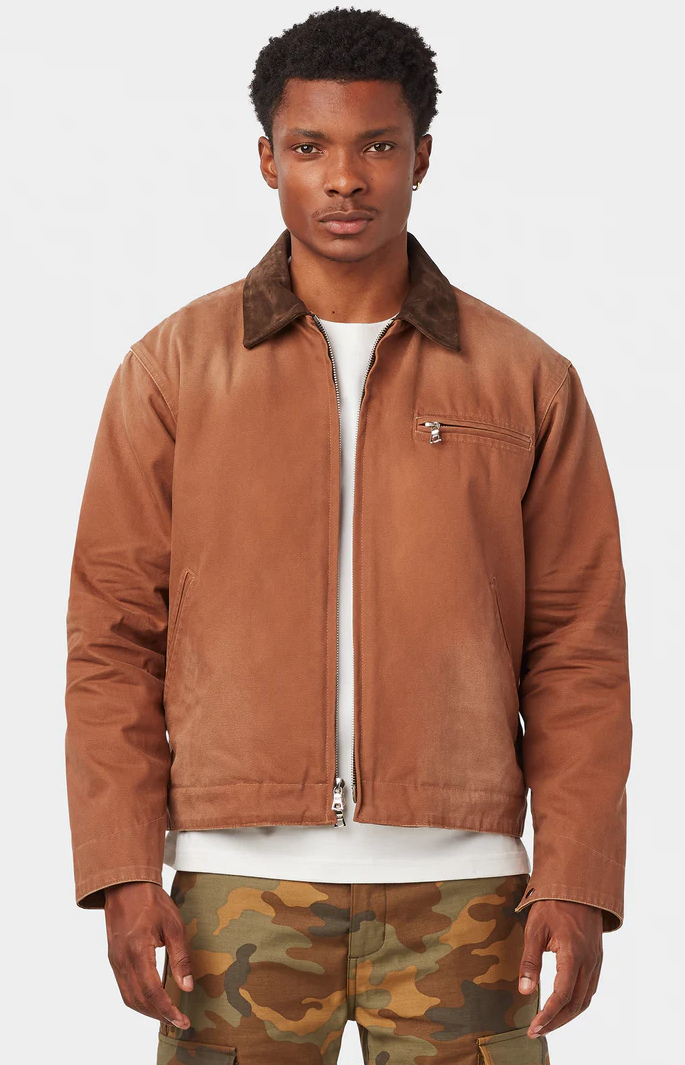
UNIFORM LA CHILLICOTHE WORK JACKET Drop, going on right now.
Uniform LA's Chillicothe Work Jacket is an elevated take on the classic Detroit Work Jacket. Made of ultra-premium 14-ounce Japanese canvas, it has been meticulously washed and hand distressed to replicate vintage workwear that’s been worn for years, and available in three colors.
This just dropped today. If you missed out on the preorder, there are some sizes left, but they won't be around for long. Check out the remaining stock here
Good luck!.
-
STYLE. COMMUNITY. GREAT CLOTHING.
Bored of counting likes on social networks? At Styleforum, you’ll find rousing discussions that go beyond strings of emojis.
Click Here to join Styleforum's thousands of style enthusiasts today!
Styleforum is supported in part by commission earning affiliate links sitewide. Please support us by using them. You may learn more here.
You should upgrade or use an alternative browser.
Shoemaking Techniques and Traditions--"...these foolish things..."
- Thread starter DWFII
- Start date
- Watchers 211
- Joined
- Jan 8, 2008
- Messages
- 10,132
- Reaction score
- 5,714
so is that the average practicr to tack tge back of the heel for lasting? also in hand lasting do they also tack the heel?
and what is your opinion regarding this practice of tacking the heel?
Who knows what "average" is? I've seen it often enough to call it "common" but not universal.
As for my opinion...I mentioned what I thought in post #495. I don't think the shoe is significantly weakened because of it, however.
Maybe another shoemaker...like nicholas templeman...can weigh in with another perspective/opinion.
- Joined
- Jan 8, 2008
- Messages
- 10,132
- Reaction score
- 5,714
Do they also tack the heel in handlasting?
Again, some do, some don't. In fact, I mostly associate tacks of that sort with hand lasting (although that's primarily what I know) but I 'm assuming that the photo you posted is from an RTW shoe.
Again, some do, some don't. In fact, I mostly associate tacks of that sort with hand lasting (although that's primarily what I know) but I 'm assuming that the photo you posted is from an RTW shoe.
Yest its rtw shoes.
- Joined
- Jan 8, 2008
- Messages
- 10,132
- Reaction score
- 5,714
hi DWFII, do you think ' almost 1 year after sending the feedback of the test shoes but still haven't even seen a single pixel of a photo of my shoes under making, considering the maker love posting photos on instagram' reasonable? and the making promised me 5 times "shoes will be shipped next month" and all proved to be mosquitoshit
I don't think I can talk to what other bespoke makers do. If the outfit you're dealing with is RTW, well, that may be another story, but still not my remit..
In the past...when I had a four year waiting list/backlog...I have taken orders, required the customer to sign a contract acknowledging that backlog, but still had them come back me six months later wondering where their shoes were.
Beyond that, for the bespoke maker there is just so many variables that are result of not being large enough to order in quantity or direct from the tannery, or simply not having any desire to automate your production.
I had a customer a couple of years ago that wanted a pair of burgundy oxfords brogued and gimped. I sent him some French calf to approve and when he did I bought the leather. Burgundy is, generally speaking, a hard colour to come by unless you're buying from the tanner. Some years, as the fashion cycle turns back on itself, are better than others.
In any case, when I had finished gimping and broguing, and went to assemble the shoes, I noticed that the leather had tiny cracks between the perforations. I could not in good conscience use those pieces or deliver a shoe with such problems.
I called and talked to the customer and sent him photos of the cracking. I offered to find another piece of leather (from a different source and start all over again...no additional cost to him. I wanted to make those shoes. I had spent hours and hours laying out both the broguing and the gimping so that perfs and points of the gimping would be perfectly located and matching from one shoe to the next.
The customer declined (he had undoubtedly lost faith in me--I had a liver shutdown in the early part of the year and probably lost 6 to 9 months on the schedule) and I returned his money.
It was no one's fault. But I tell you that story to illustrate that even with the best of intentions...stuff happens.
And as a result, I cannot, will not, judge.
ThunderMarch
Distinguished Member
- Joined
- Oct 23, 2014
- Messages
- 1,734
- Reaction score
- 1,806
I have been spending the past few weeks poring through leather thread, and I really appreciate the amount of information being shared there.
It's also got me thinking a little, and I wanted to ask this, which pertains to identifying shoes that are hand welted.
Some of the more senior members on SF, and J Fitz as well, were saying that without taking the shoes apart, one way to tell if the shoe was handwelted or not, was to look at the "inside" of the shoe at the "exposed" part of the insole visible to us, and look for tell-tale "pulling" or tug marks on the insole, that is a sign of the tension on the insole that occurs when the welt is being stitched on. I know that you also mentioned that this was not a foolproof method at picking out the handwelted shoes, due to numerous possible variables that may occur during the welting process.
Well, I'd recently had a look at some of my supposedly handwelted shoes, hoping to pick out the above-mentioned feature. I realised that for one particular maker, the insole was completely covered up. I don't have a photo offhand to illustrate this. But what I mean is, most makers stick on a small thin piece of ? leather insole that bears the maker's name / emblem / brand. In most cases, this piece of leather is pretty small and a good two thirds of the actual insole is still visible. But for this maker, the piece extended down the entire length of the sole to the toe box, thus completely covering up the insole. I'm wondering, why would a maker do this? Is there something to hide would you say?
Thanks in advance.
- Joined
- Jan 8, 2008
- Messages
- 10,132
- Reaction score
- 5,714
Hi @DWFII , sorry to bother again.
No worries.
Well, I'd recently had a look at some of my supposedly handwelted shoes, hoping to pick out the above-mentioned feature. I realised that for one particular maker, the insole was completely covered up. I don't have a photo offhand to illustrate this. But what I mean is, most makers stick on a small thin piece of ? leather insole that bears the maker's name / emblem / brand. In most cases, this piece of leather is pretty small and a good two thirds of the actual insole is still visible. But for this maker, the piece extended down the entire length of the sole to the toe box, thus completely covering up the insole. I'm wondering, why would a maker do this? Is there something to hide would you say?
It could be as simple as personal preference. Or there may be something cosmetic that the maker is wanting to cover.
If the maker says they are handwelted, then they probably are.
Having said that, for many years I never put any kind of sock or heel pad in the shoes or boots I made. My teacher made the point to me, right at the beginning, that the only reason to put a heel pad in, for instance, was to cover nails that were clinched against metal plates on the last. Since I don't leave any nails in the shoes or boots I make, heel pads are not necessary. And because they have to be cemented or glued to the insole, they tend to be a little occlusive. But even among very good bespoke makers, most...I suspect the majority...use nails to attach heel stacks. So a heel pad is the default. And a full length sockliner is just an extension of the pristine leather of the heel pad.
In later years i have put heel pads in just because it is less fuss than having to explain to customers why they are not there.
ThunderMarch
Distinguished Member
- Joined
- Oct 23, 2014
- Messages
- 1,734
- Reaction score
- 1,806
No worries.
It could be as simple as personal preference. Or there may be something cosmetic that the maker is wanting to cover.
If the maker says they are handwelted, then they probably are.
Having said that, for many years I never put any kind of sock or heel pad in the shoes or boots I made. My teacher made the point to me, right at the beginning, that the only reason to put a heel pad in, for instance, was to cover nails that were clinched against metal plates on the last. Since I don't leave any nails in the shoes or boots I make, heel pads are not necessary. And because they have to be cemented or glued to the insole, they tend to be a little occlusive. But even among very good bespoke makers, most...I suspect the majority...use nails to attach heel stacks. So a heel pad is the default. And a full length sockliner is just an extension of the pristine leather of the heel pad.
In later years i have put heel pads in just because it is less fuss than having to explain to customers why they are not there.
Once again, thanks for your input. It is, as always, much appreciated.
Damn, how embarrassing, so it's simply called a "heel pad".
- Joined
- Jan 8, 2008
- Messages
- 10,132
- Reaction score
- 5,714
Once again, thanks for your input. It is, as always, much appreciated.
Damn, how embarrassing, so it's simply called a "heel pad".
If it only covers the heel seat, it's a "heel pad." If it covers the heel seat and the waist to the tread area, it's still a heel pad albeit an extended heel pad....although some may refer it it as a "partial sockliner."
If it runs the full length of the insole it is properly a sockliner...or, sometimes affectionately,
ntempleman
Distinguished Member
- Joined
- Dec 19, 2014
- Messages
- 1,363
- Reaction score
- 2,740
There's 3/4 socks too, you can guess what they look like. And they're awful, unless you like the end of the sock rolling up like a cigar from pulling your foot out.
ThunderMarch
Distinguished Member
- Joined
- Oct 23, 2014
- Messages
- 1,734
- Reaction score
- 1,806
If it only covers the heel seat, it's a "heel pad." If it covers the heel seat and the waist to the tread area, it's still a heel pad albeit an extended heel pad....although some may refer it it as a "partial sockliner."
If it runs the full length of the insole it is properly a sockliner...or, sometimes affectionately, () just "sock."![crackup[1].gif](http://files.styleforum.net/images/smilies/crackup[1].gif)
Over here they're socks, either a seat sock or a through sock. All the nail holes from lasting the upper round the heel looks a bit tatty, so a sock looks better, cosmetically. If it's a casual shoe there's usually a through sock fitted, because they larger opening means you see where the sock ends and exposes the insole, and also to tighten the shoe up a bit.
There's 3/4 socks too, you can guess what they look like. And they're awful, unless you like the end of the sock rolling up like a cigar from pulling your foot out.
Thanks guys!
- Joined
- Jan 8, 2008
- Messages
- 10,132
- Reaction score
- 5,714
"Trowl the bowl, the jolly nut-brown bowl,
And here, kind mate, to thee;
Let's sing a dirge for Saint Hugh's soul, and down it merrily."
Happy St. Crispin's Day.
Slainte mhor!
--
Classic Menswear Featured products
-
Carmina - Norwegian Derby Shoes Introducing the classy six eyelet split toe derby in a burgundy Shell Cordovan from Horween Chicago. This style features a single oak-bark tanned sole from Rendembach Jr. and full calf lining color brown.
-
 LuxeSwap Auction - Vintage Antique United States Naval Navy Denim Deck Jacket A piece for denim heads, vintage collectors, streetwear enthusiasts and menswear enthusiasts alike, this extremely rare early US Naval issued deck jacket in raw denim is not likely to ever show up at auction again anytime soon. A Haleys Comet of menswear items, offered at auction at a $9.99 starting bid with no reserve.
LuxeSwap Auction - Vintage Antique United States Naval Navy Denim Deck Jacket A piece for denim heads, vintage collectors, streetwear enthusiasts and menswear enthusiasts alike, this extremely rare early US Naval issued deck jacket in raw denim is not likely to ever show up at auction again anytime soon. A Haleys Comet of menswear items, offered at auction at a $9.99 starting bid with no reserve. -
 Kirby Allison - Luxury Suit Hanger - $32 Kirby Allison's Luxury Wooden Suit Hangers protect your suits from stretched collars and droopy shoulders. Our wooden suit hangers provide five-times more support than average hangers and will protect and extend the life of your most important garments.
Kirby Allison - Luxury Suit Hanger - $32 Kirby Allison's Luxury Wooden Suit Hangers protect your suits from stretched collars and droopy shoulders. Our wooden suit hangers provide five-times more support than average hangers and will protect and extend the life of your most important garments.
Latest posts
- Replies
- 38,288
- Views
- 7,840,871
- Replies
- 23,906
- Views
- 3,691,787
- Replies
- 7,147
- Views
- 1,416,087
- Replies
- 62,926
- Views
- 6,452,043
- Replies
- 86,619
- Views
- 14,648,068
Similar threads
- Replies
- 43
- Views
- 31,330
- Replies
- 18
- Views
- 14,859
- Replies
- 130
- Views
- 126,772
- Replies
- 1,320
- Views
- 202,708
- Replies
- 6
- Views
- 6,096
Featured Sponsor
Forum Sponsors
- American Trench
- AMIDÉ HADELIN
- Archibald London
- The Armoury
- Arterton
- Besnard
- Canoe Club
- Capra Leather
- Carmina
- Cavour
- Crush Store
- De Bonne Facture
- Drinkwater's Cambridge
- Drop93
- eHABERDASHER
- Enzo Custom
- Epaulet
- Exquisite Trimmings
- Fils Unique
- Gentlemen's Footwear
- Giin
- Grant Stone
- House of Huntington
- IsuiT
- John Elliott
- Jonathan Abel
- Kent Wang
- Kirby Allison
- Larimars Clothing
- Lazy Sun
- LuxeSwap
- Luxire Custom Clothing
- Nicks Boots
- No Man Walks Alone
- Once a Day
- Passus shoes
- Proper Cloth
- SARTORIALE
- SEH Kelly
- Self Edge
- Shop the Finest
- Skoaktiebolaget
- Spier and MacKay
- Standard and Strange
- Bespoke Shoemaker Szuba
- Taylor Stitch
- TLB Mallorca
- UNI/FORM LA
- Vanda Fine Clothing
- Von Amper
- Wrong Weather
- Yeossal
- Zam Barrett
Members online
- Destination_Arubin
- danneskjold
- maxnharry
- StylishPrincipal
- Hermaeus_mora
- ojaw
- Tzerkuso
- neostrifeX
- brokencycle
- greigescale
- jbie
- BASch66
- Beav
- lagsun
- Numbernine
- kevenmee
- mensimageconsultant
- MrCleanMC
- zippyh
- BigRed
- mitko5
- sighohwell
- ramdomthought
- jellyroller
- BluDream
- Happybuthungry
- Woofa
- tacostacostacos
- michzurn09
- DJYello
- Texasmade
- parider
- wolfdale
- nqtri
- Jr Mouse
- ahjota
- Amigo
- RechealClark
- Lomakatsi
- stevededrip
- howardeb
- Lizard23
- WhyUEarly
- GG Allin
- DougDevious
- GGMac
- Fred G. Unn
- Lendo
- b-ill
- MJMcRibb
